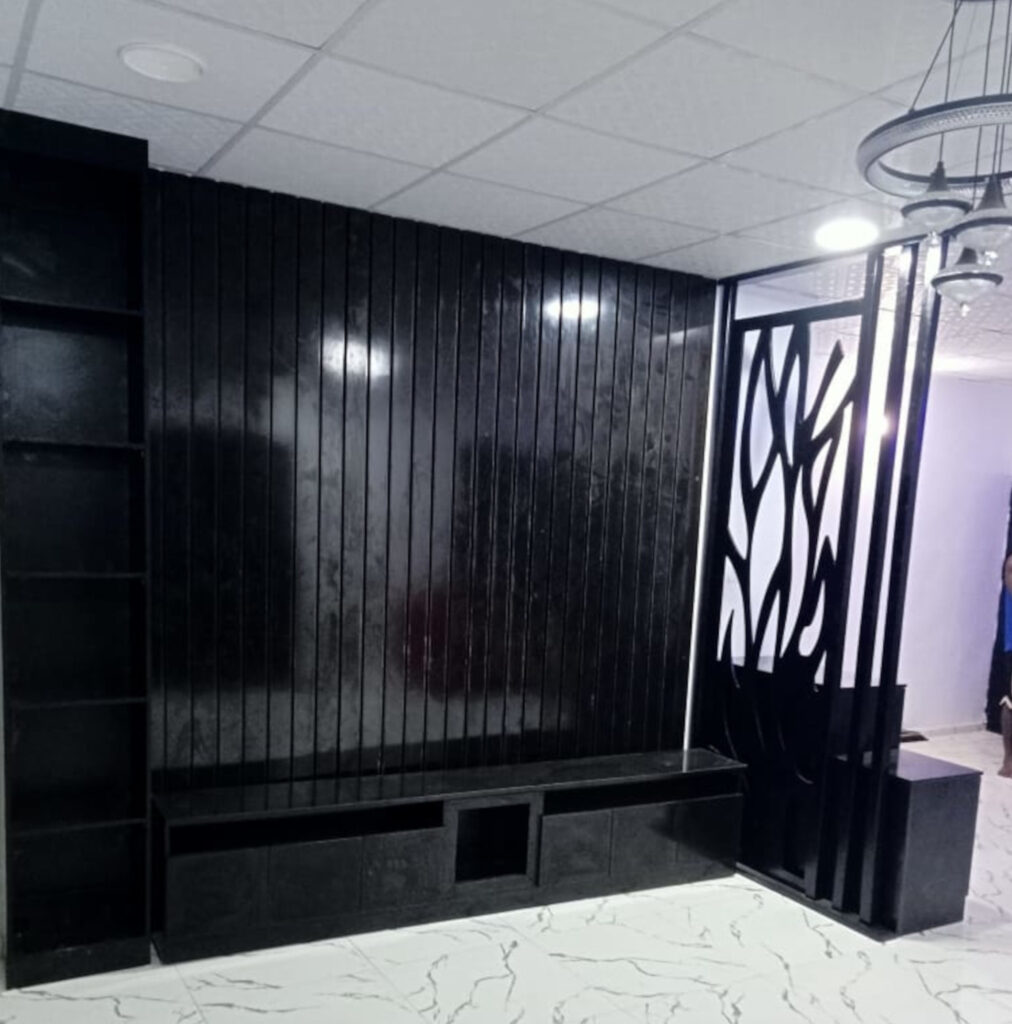A jali screen divider is a type of decorative screen that is made up of a latticework of wood, metal, or other materials. Jali screens are often used in Indian and Islamic architecture, and we find them in both indoor and outdoor settings. They can be used to create a variety of effects in a room. They divide a room into smaller spaces, to provide privacy, or to simply add a touch of style. Jali screens can also be used to create a sense of openness and airiness in a room.
Introduction
In this post, I will show you how we made a jali screen for a living room with CNC router. We will use opensource softwares for both CAD and CAM for this project. If you are looking for a way to add a touch of style and sophistication to your home, a jali screen is a great option.
Here are few things to keep in mind while preparing to make a jali screen.
- Size: The size of the jali screen will depend on the size of the room or space you are planning to use it in. We have the measurements desired by the client for the jali.
- Style: There are many different styles of jali screens available. Many are abstract designs but you can have any design integrated to your jali. Our client already has a desired look shown in the image below.
- Material: Jali screens are available in a variety of materials, including wood, metal, and glass. Each material has its own unique look and feel. We will be making this one from three quarter inch plywood using a CNC router.
Create the Jali screen divider vector using CAD
Our first task is to create vector design of the jali screen divider with the appropriate dimensions. For creating the vectors we use inkscape software.
Open up inkscape and import the reference jali picture. We create a rectangle with height and width set to the dimensions of the desired jali screen. Next we scale up the reference picture to fit the rectangle size. We then use the path tool to create the shapes inside the rectangle corresponding to the jali design. Any vector design application can accomplish this. We opt to use inkscape because our CNC toolchain comprises only open source softwares.
We save the finished design as an svg file. Our CAM software will import this file. Our open source choice for CAM software is blendercam. It’s free and you can download from https://github.com/vilemduha/blendercam. Installation instructions is also available in the linked page.
Generate the toolpath using a CAM software
We open blendercam and delete the default cube. Import the svg file while in top view. We ensure the bottom left corner is within the positive x and y axis of the view port. Blendercam uses the blender world origin as the machine home and origin position.
Go to the render tab and switch the render engine from default Eevee to CAM. We add a new operation while the vector design is selected, and configure a profile (cutout) operation corresponding to our machine feedrate, tool and material used for the jali. In our case it’s a three quarter inch plywood.
When done we generate the toolpath for the operation. Blendercam has the option to simulate the toolpath generated. We can simulate this toolpath to be sure it suits our desired objective. We then load the toolpath into our cnc router controller, insert the right tool and we are ready to cut. Before cutting, we ensure our origin is at the right location and we secured the material properly to the machine bed.
After checking everything is in order we send the CNC router to start cutting. In few minutes the CNC router finished cutting and we take the result off the CNC router table. Next is to inspect and confirm the cut plywood is as desired.
Assemble the cut Jali
We form a border using additional plywood with at least 40mm width. This jali will match the clients chosen color. To prepare it for painting we apply filler to every part of the cut edges and surface that require filling. We sand it smooth and then spray with the desired paint.
Here is the result after spray and installation.

I hope you gained some insight into how we make jali screen room divider using CNC router and open source softwares.